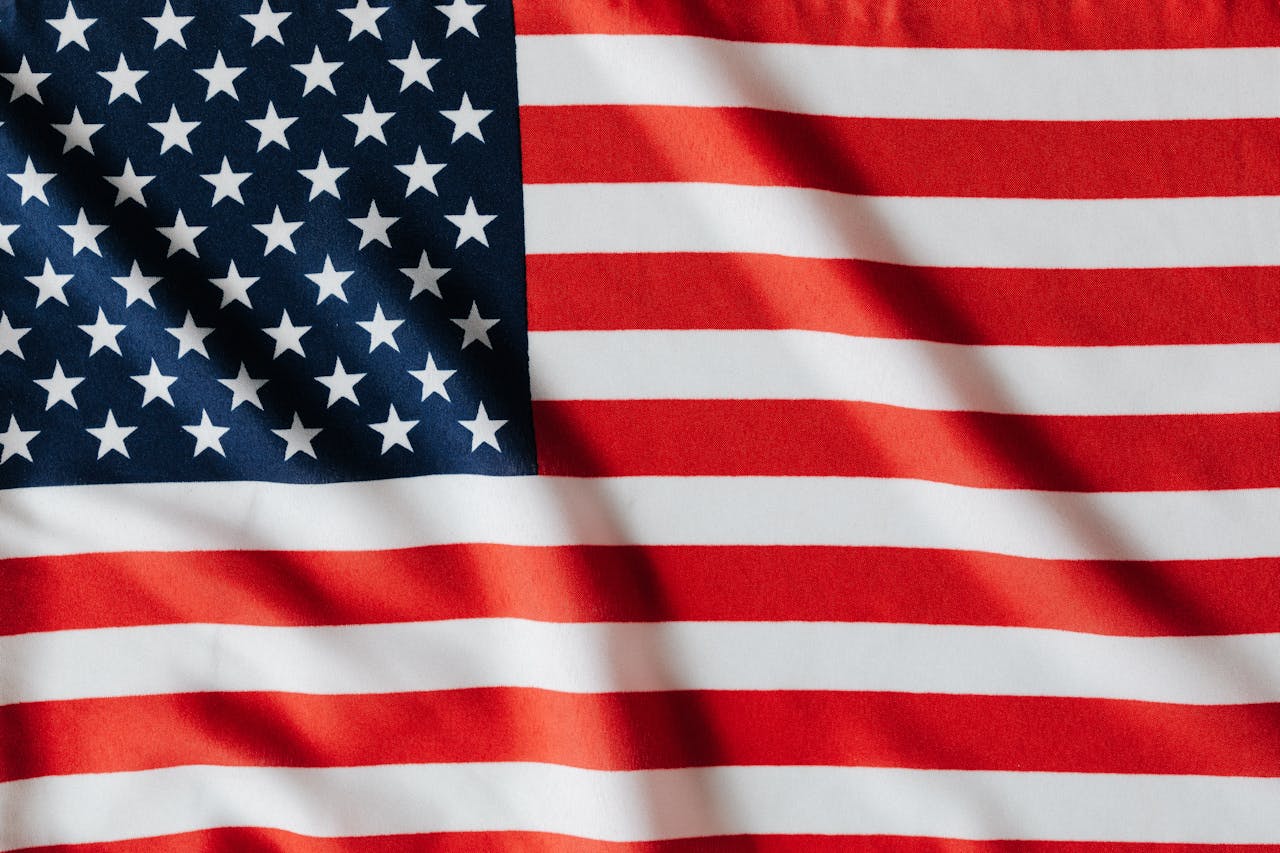Trump Escalates Steel and Aluminum Import Duties to 50%

Photo Credit: Pexels
President Donald Trump has ordered a sharp increase in U.S. tariffs on imported steel and aluminum products and their derivatives. Under a proclamation issued on June 3, the duties will rise from 25% to 50%, effective 12:01 a.m. EDT on June 4, 2025. This action was taken under Section 232 of the Trade Expansion Act of 1962, citing national security concerns due to the impact of low-priced imports on domestic industries.
According to the White House, the decision was based on updated assessments from the Secretary of Commerce. These reports conclude that imports continue to threaten the U.S. steel and aluminum industries by undercutting domestic prices and hindering production capacity deemed crucial for national defense.
The proclamation also modifies existing trade measures, including prior proclamations and Executive Orders, to align with this new tariff structure. Notably, the United Kingdom has been granted an exemption from the increase, retaining its current 25% duties—a move that reflects ongoing trade discussions between the U.S. and the U.K.
U.S. Customs and Border Protection (CBP) has been directed to enforce the new tariffs strictly. Compliance measures will include penalties for misclassifying the metal content of imports. Additionally, the Secretary of Commerce is tasked with ongoing monitoring of import volumes and may recommend further action if necessary.
According to the proclamation, the tariff hike aims to counter persistent global overcapacity and dumping practices, targeting nations that have not sufficiently curtailed low-cost exports despite previous U.S. tariff actions. The administration asserts that this increase is essential to restoring the health and competitiveness of domestic metal producers.
However, experts warn that the tariff hike could significantly raise input costs for downstream industries such as manufacturing, construction, and transportation. This, in turn, would likely increase prices for consumers. The move is widely perceived as an escalation in Trump’s broader trade agenda and risks provoking retaliatory tariffs from trading partners. Analysts also caution it could further disrupt global supply chains, roil markets, and exacerbate trade tensions between the U.S. and its allies.
Source: White House






